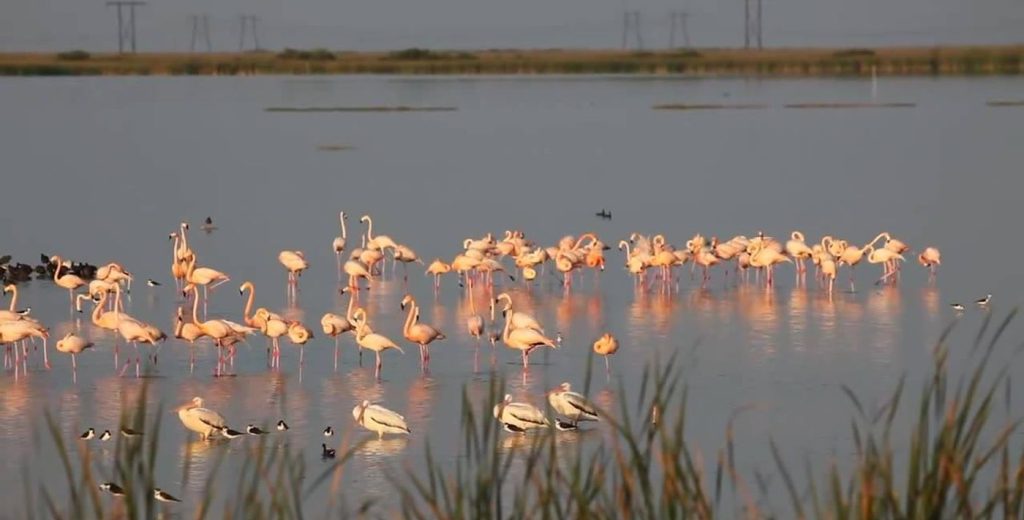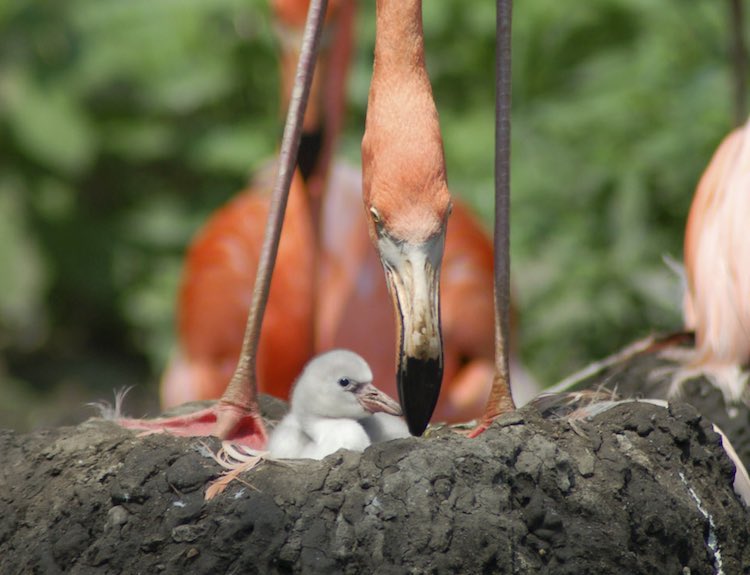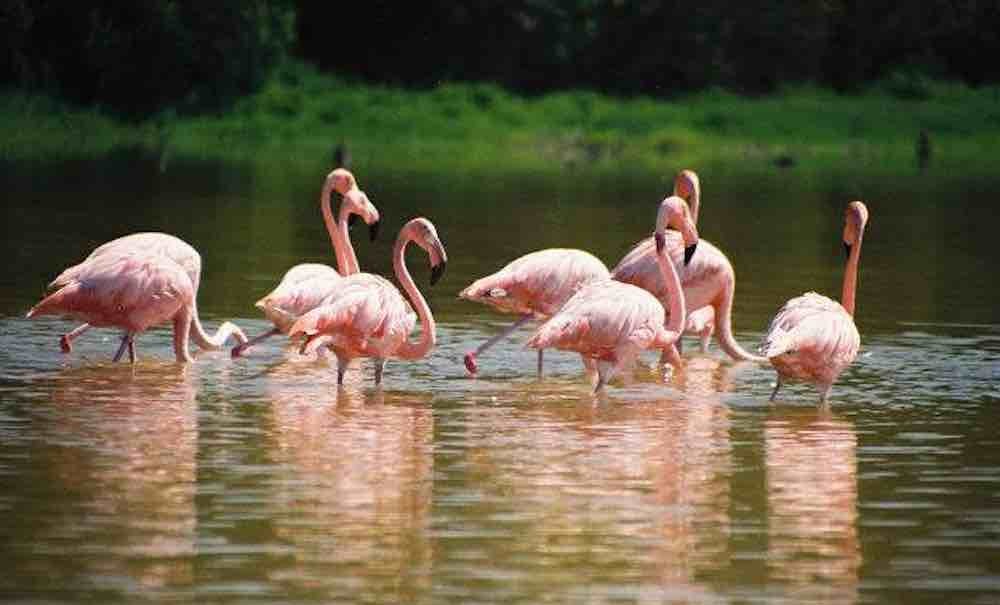
Once extirpated from Florida such that it lost its status as a native species, the American Flamingo is being sighted again in the state’s rich wetlands, prompting conservationists to feel the time is right for a rose-colored renaissance of the famous bird.
Not only are wildlife tour guides and the like spotting the tall pink waders, but scientists who work with GPS collars to track the birds are finding that they are once again making their homes in places like the Everglades.
Considered for 100 years as rare migrants to Florida’s shores, flamingos are now known to visit annually, or even stay year round. A 2021 biological assessment released by the Florida Fish and Wildlife Commission stated that there were somewhere between 0 and 1,000 individuals in Florida.
“Florida’s small population occurs on public conservation lands and exhibits a stable or increasing population trend in recent years,” reads the Commission report. “The return of this iconic species to the Everglades, Biscayne Bay, and the Florida Keys certainly is worthy of celebration and encouragement.”
Currently, scientists and conservationists are working to build a database of the behavior, habitat, and migration patterns for the Florida population so that if the numbers grows large to enough to receive a listing as a state-threatened species, or any other kind of designation, there’s already information for officials to access.
RELATED: Album of Endangered Bird Songs Soars Above Taylor Swift to Number 3 on Music Chart
The genetic origin of the current population is somewhat of a mystery. Were these birds from the Caribbean, where their numbers are strong, or from the Yucatan? Perhaps they came from even farther south—and the Flamingo Working Group (FWG) is trying to ascertain their lineage through testing.
The FWG is teaming up with the University of Central Florida to conduct genetic research to solve this riddle, while posting regular “Flamingo Alerts” on their Facebook page to help local birders log a particularly difficult wild sighting on their Life List, and raise awareness for the bird’s return.
CHECK OUT: How To Help Hummingbirds During the Winter Months – Myths and Tips

Where the birds are returning from is a big question, but why they’re returning is one that’s potentially easier to answer. Recent state and federal grants to the Everglades have totaled more than $2 billion for maintenance and restoration projects, and state mandates preventing farms from creating agricultural runoff are seeing the water quality for Florida’s wetland habitats improve.
Flamingos eat tiny crustaceans that often are the first things to die in a polluted wetland. Agricultural runoff dumps nutrients like nitrogen and phosphorus which causes blooms of algae, deoxygenating the water and killing most of the flamingo’s prey. In the southern Everglades, 2021 was one of the most successful nesting years for all native and migratory bird species since before the Second World War.
With conditions improving, it’s no wonder the FWG is trying to stop the state bird being updated from the flamingo to the northern mockingbird. It likely only a matter of years before the iconic wader, bedecked in pink, fully returns.
HELP Good News Soar; Fly This Story Over to Chums…




















